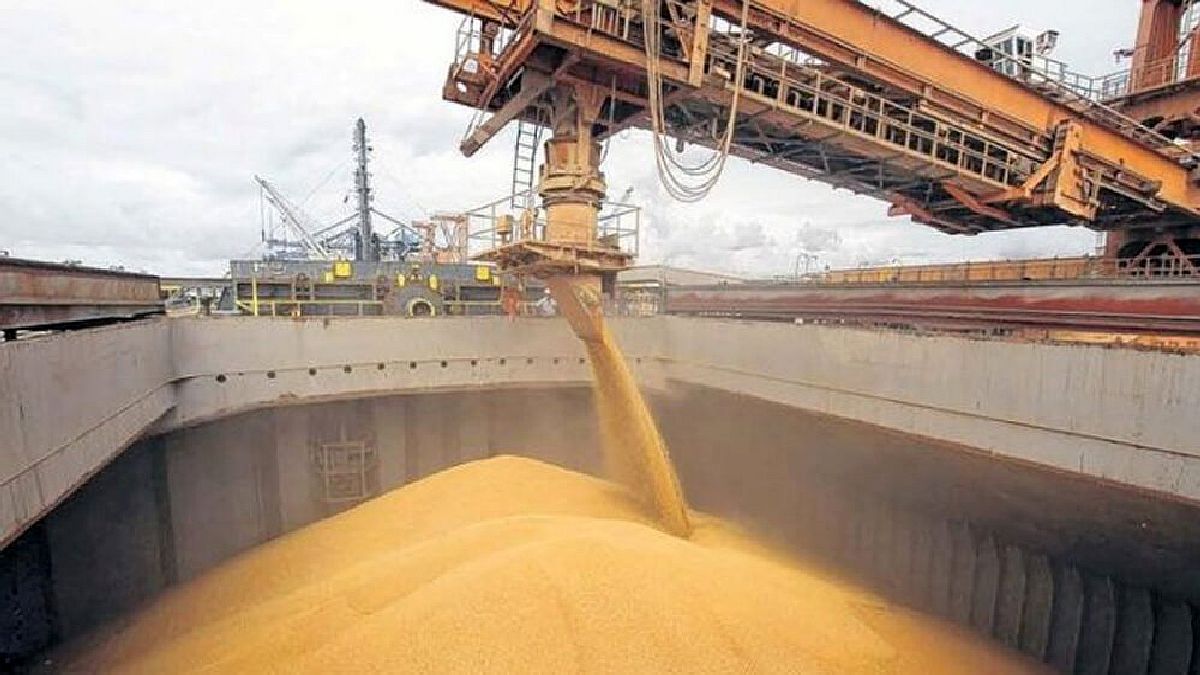While all eyes are on the path of the omnibus law and the heat wave, what is important for the agricultural sector is what will happen with the rains and the price of grains.
This Thursday The United States Department of Agriculture (USDA) will release its monthly report with agricultural estimates on supply and demand for grains worldwide. Although the main attraction of the document will be the modifications that the organization can make on the volumes of coarse grain harvests in Brazil and Argentina, it will also be necessary to observe what the final stocks will be in the northern country itself.
Whether due to the climatic factor – the drought hit hard in Brazil and an unexpected heat wave punished our region – or due to the final stocks that have a direct relationship with the prices offered by Chicago, the report will put a little more clarity on a context in which pessimism reigns when in reality patience and tranquility should prevail.
Enrique Erizeholder of the Novitas Consultanthe assured Ambit that “Although there is a lot of talk about this heat wave, when you look at the soil profile it is not that bad. There are complicated places in the core area but in general it was very good. In some regions they say that we may be losing a million tons per day, but for now these are just versions.”
According to the grain market analyst, “We continue with a very good harvest proposal from Argentina, although complex in terms of prices.”
Three factors to understand the agricultural campaign
To understand the real situation of the agricultural campaign, three pillars must be analyzed: the first of them is the climate issue, the second is the issue of international prices and the last point is the dynamics that exist for the crop marketing.
The first of the three points, that is, the climate, is the most unpredictable factor of all. However, the good news is that starting in the next few hours, rain forecasts could come true in a large part of the central area, which would bring relief from a heat wave that complicated a good part of the agricultural area. with soy and corn.
The second question is very important, because although today prices are very low compared to those of a few months ago, it is likely that – with patience – they can move upwards.
In this sense, Erize He stated that “the American soybean harvest was good, it was not a record, but it was good. Brazil’s harvest, beyond everything that is being said, is good. It will not be a harvest as was thought, but it will be higher than last year, which was a record. AND In Argentina we are probably above 45 million, much higher than last year. So from the point of view of supply, demand can be quite calm and the Chinese know this, they are very intelligent in operating because they know that world soybean stocks are high.”
Soybeans in the world and prices
A very interesting point to consider is that what is being experienced already happened a few years ago. With this level of soybean reserves, we must know that during the Macri government, soybeans in Chicago were worth $320. Today it is at $440, that is, about $120 above with the same level of stocks. The question then is: Why aren’t we lower today?
Erize He explains it and argues that “American stocks are low and that will save us from a disaster in terms of prices. You have to be patient and understand that market times change. Many people look at their neighborhood and make a whole story; But that is dangerous, because There are soybeans in the world, so this price drop is justified. Perhaps by July, when we are in full commercialization of our harvest, stocks in the United States will reach the expected minimums and Chicago will be nervous. “That is the last hope we have left.”
The dollars would only arrive from July
This is where the third aspect comes into play: marketing. Many talk about the need for the Government to “hold out” until it reaches April or May to be able to match the income of dollars from the harvest, but the reality is that we will have to wait a little longer if we want to capture the price and without a doubt that is what the producer is going to look for. This may only happen from July onwards.
This is the picture of the sector today and although everything can change, the future is promising: you have to be patient, manage the market times and wait, because by mid-year the market is going to give good signs. In addition, investment funds are sold at record levels, which is also working against them.
When consulted Erize Regarding a possible devaluation starting in March, the analyst assured that “in the countryside many people are speculating with an exchange rate adjustment and if the devaluation rate exceeds 25%, it will be inevitable. That would be a new problem for the government since devaluing would imply a new inflationary jump that would make the entire economic situation more complex.”
Source: Ambito
David William is a talented author who has made a name for himself in the world of writing. He is a professional author who writes on a wide range of topics, from general interest to opinion news. David is currently working as a writer at 24 hours worlds where he brings his unique perspective and in-depth research to his articles, making them both informative and engaging.




